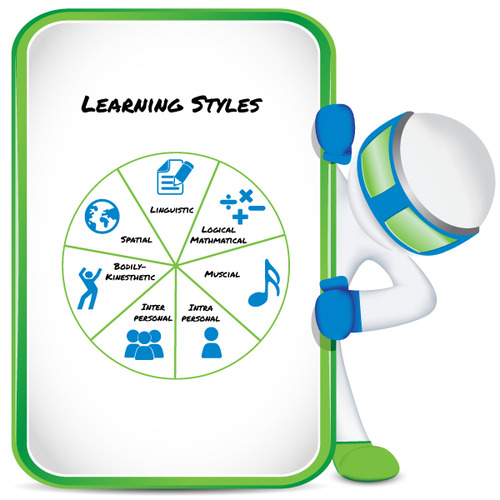Elements of eLearning - By Lindsay Benitez
Learning styles describe the way in which people take in and process information. You may already know your preferred learning style, which is considered your dominant style of learning. Oftentimes, individuals use a combination of styles to learn new material. Styles can be combined together to enhance your learning experience and assist in retention. Remember, there is not just one way to educate and learn. However, there are ways people can enhance the less dominant styles in their learning practices.
Below are some common learning styles that individuals can utilize:
Visual (spatial): uses pictures, images, and spatial understanding
Aural (auditory-musical): uses sound and music
Verbal (linguistic): uses words, both in speech and writing
Physical (kinesthetic): uses body, hands, and sense of touch
Logical (mathematical): uses logic, reasoning, and systems
Social (interpersonal): uses groups or other people to assist learning
Solitary (intrapersonal): uses working alone and use self-study to assist learning

These styles have significant impact on your learning experience and success in retaining new information. They each activate different areas of the brain; the more the brain is engaged, the more a learner increases his or her retention. To optimize retention and enhance education, you must practice and rehearse what you have originally learned. As Paul Cummings says, “Don’t practice until you get it right. Practice until you never get it wrong.”
Try to understand and recognize your personal learning styles. This will enable you to use techniques that are more aligned with your learning preferences and improve the quality of your learning.
Powered by Woople
Copyright 2012 PDCWWE, Inc.

